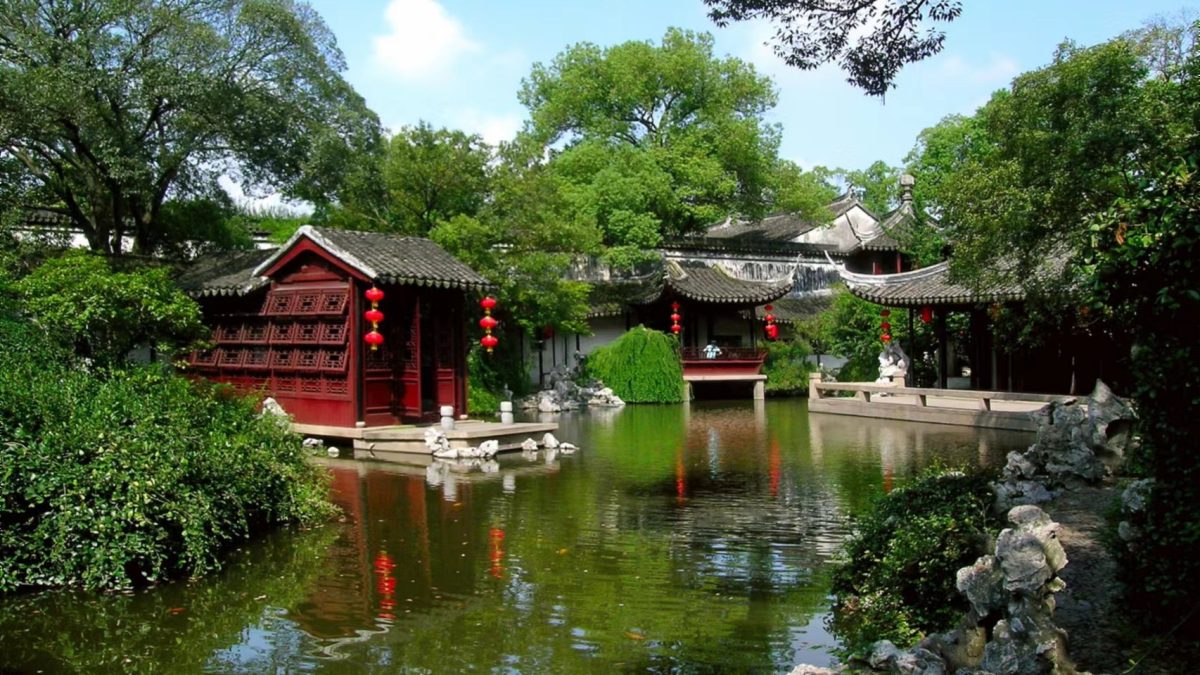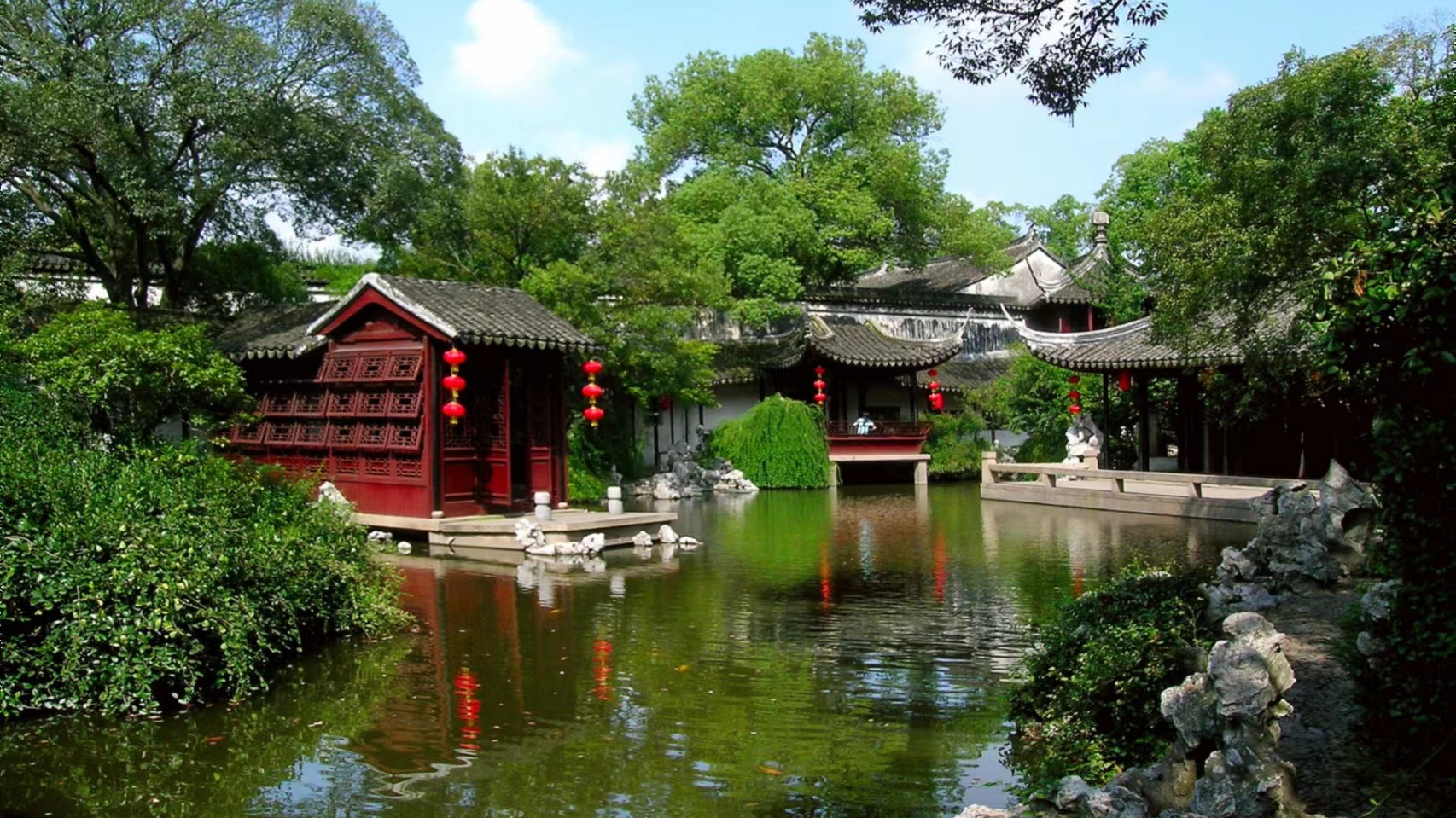
The Lakenheath Alliance for Peace is launched by a group of activists at Lakenheath, UK on March 26 against the return of US nuclear weapons. Photo: Angie Zelter
Editor’s Note:
Are US nuclear weapons returning to the UK after 16 years? This worries many British people, and one of them is Angie Zelter (
Zelter). Since last year, there have been reports saying that the US is planning to station nuclear weapons in RAF Lakenheath, a Royal Air Force station near the village of Lakenheath, which is situated close to the county boundaries of both Norfolk and Suffolk in England. Recently, a group of activists in the UK, including Zelter, formed the Lakenheath Alliance for Peace to oppose the return of US nukes. As a veteran activist, Zelter was engaged in stopping US nuclear weapons for 33 years in Norfolk. In Global Times (
GT) reporter Wang Wenwen’s I-Talk show, Zelter voiced her concerns about the return of the US nukes.
GT: You were involved in the campaigns at Lakenheath in the 1980s and 1990s. Can you share with me your experience of stopping the US bringing nuclear weapons to the UK?
Zelter: At that time, it was the height of the peace movement. There were lots of actions at US bases. We viewed those US bases as being kind of the launch pads for America. We were the aircraft carriers for America. And many of us really hated that idea. So we got involved in lots of actions. I started the Snowball Civil Disobedience Campaign where we cut fences around the US bases demanding the UK to take one step toward disarmament. In 1989, I took part in a six-week fast outside Lakenheath to protest the breaches of the INF Treaty when they were going to recycle nuclear cruise missiles and put them on the bombers at Lakenheath.
We were talking to the personnel there. All kinds of people were fasting over the six weeks. We recognized that the resources used for nuclear weapons could be better spent on relieving poverty, homelessness and the environmental damage. We were very conscious at that time of the environmental damage caused by the whole nuclear chain across the world, from the mining of uranium, manufacture of the nuclear weapons, the testing of them, the deployment of them, and how that impacted indigenous peoples all around the world.
Then, in the peace movement in Norfolk and Suffolk and around Cambridgeshire, the Lakenheath Action Group was formed. And we all did loads and loads of actions, not only the fast that I talked about earlier but demonstrations and vigils, and also there was an escalation of direct action. That continued until the weapons were taken away in 2008. There were blockades, cutting fences, climbing up on the fences, getting into the high security areas to do war crimes investigations, occupying the runway with bicycles, loads of things.
Basically, we were really concerned about the breaches of international law. Threatening to use nuclear weapons is a crime because they could never be used in accordance with international humanitarian law. I kept that feeling with me over these many decades, as it gets clearer and clearer that more and more countries are breaking international humanitarian law.
GT: What damage could be caused to locals if US nuclear weapons return to Britain?
Zelter: First of all, we have to recognize that there are about 1,000 US foreign bases scattered around the world. They’re not all nuclear, but they all cause tremendous damage. They take over the land and water resources that could be used for life, not death. The noise of the aircraft and in the seas is horrendous for people and animals, but there are also traffic accidents, sexual violence, and drugs. All this happens at most US foreign bases.
But if nuclear weapons came back here to Britain, there will be air pollution caused by the takeoff of even more planes as they do their practice flights. Then there are the radiation risks. For instance, there were two major nuclear accidents in Lakenheath that we were finally made aware of decades later. In 1956, for instance, there was a B-47 bomber that crashed into a storage unit beside the runway containing nuclear weapons. And in January 1961, a plane carrying a 70-kiloton nuclear bomb caught fire. It was later found that a flaw in the wiring of the hydrogen bomb could allow excessive heat to circumvent the weapons safety mechanisms and cause a nuclear detonation.
The UK was so worried about these accidents, it decided to take immediate steps, deny everything and block US authorities from ordering evacuations if an accident occurred. This problem of secrecy surrounding nuclear weapons is terrible. For instance, we have a lot of US bases. We had many in the 1980s and 1990s, and still have lots. RAF Lakenheath is the largest airforce base in Europe but we still don’t publicly know what is in the memorandum of understanding between the US and Britain. The last time I was at Lakenheath, just recently, there was a white line just in front of the main gate, and the US personnel inside said “If you come over here, you’re on US soil.” That is disgusting. This is Britain, not US soil. They even pretend it’s called an RAF base. It’s not an RAF base, it’s a USAF base. So there’s all this secrecy and lies going on, which I find horrendous.
GT: Do you think US nuclear weapons stationed in the UK could make the UK more secure or less secure?
Zelter: It will make it less secure. And not just for us, the whole world is less secure with a new nuclear arms race going on. Lakenheath hosting nuclear weapons makes it even more of a prime target. If just one Russian warhead was dropped on Lakenheath, it would be catastrophic for the local community and environment, and the radioactive impact would spread far and wide depending on the wind. That’s only the start. If nuclear weapons start being used, they are most likely to be used against the major cities, killing millions, and then there will be a global nuclear exchange and billions will die. US nuclear weapons here undermine our safety and any prospect for global peace. The US is the only country to have nuclear weapons outside its own borders. This major increase in NATO’s capacity to wage nuclear war in Europe is dangerously destabilizing. Their return will increase global tensions and put Britain on the frontline in a NATO-Russia war.
GT: The official excuse for the US to station nukes in the UK is the threat from Russia. Which poses a bigger threat, Russia or US nukes? Is the US just fanning anti-Russia flames to excuse its moves?
Zelter: The fact that the US is bringing its nuclear weapons to us here in Britain is a dangerous escalation. We should be negotiating for peace and listening to all sides. What is it that drives the wars around here? The main driver is actually the arms industry and the profits it generates for big corporations. So we have to kind of get a hold of that. It’s actually part of the whole outdated and catastrophic mind-set of militaristic empire building that the US and the UK are still mired in, and other major countries are buying into all of this. It is about resources – who gets the water or the minerals or the forests or whatever. It’s about the corporations making money from all of these things.
For a long time now, we have considered Russia an enemy, ever since the Russian revolution in the early 20th century. Do we have to have this enemy? No. Actually, they are people just like us. Why was NATO not disbanded, as it should have been, when the Warsaw Pact finished? We just expanded right up to the borders. So we are now in the middle of the beginning of four months of huge military exercises in the Scandinavian countries and right up against the Russian border. That is putting pressure on Russia. We’re doing the same thing with China. The US is sending loads and loads of ships and building up bases all around China. All of these US bases are not what we need in the world today. It is a huge escalation. I don’t know how we’re going to stop NATO, but we have to stop NATO.
GT: Do you think the British government will pay heed to your demand? What will you do to stop the US bringing nuclear weapons back to the UK?
Zelter: The British government doesn’t pay heed to anyone, except their funders, their supporters, and the corporations and big businesses. The British government does not pay heed to their people. We don’t live in a democracy. We have had a failing democracy for a very long time. It is horrible.
They won’t take heed of us, but other people here might. We have some influence, but not much influence unless loads of people join us and sustain the pressure by constant direct action to disrupt the flights from taking off.
The British people are not given any choice over our disastrous foreign and defence policies. So we all have to work together to dismantle this military industrial complex ourselves. If we don’t, we’re not going to survive. We will have an impact on public opinion. And if enough people rise up in a non-violent manner – rise up and protest – then who knows what will happen. But the main thing is we have to show that it’s not being done in our name. It’s up to everybody else to join in and see what will come from that. I always live in hope.

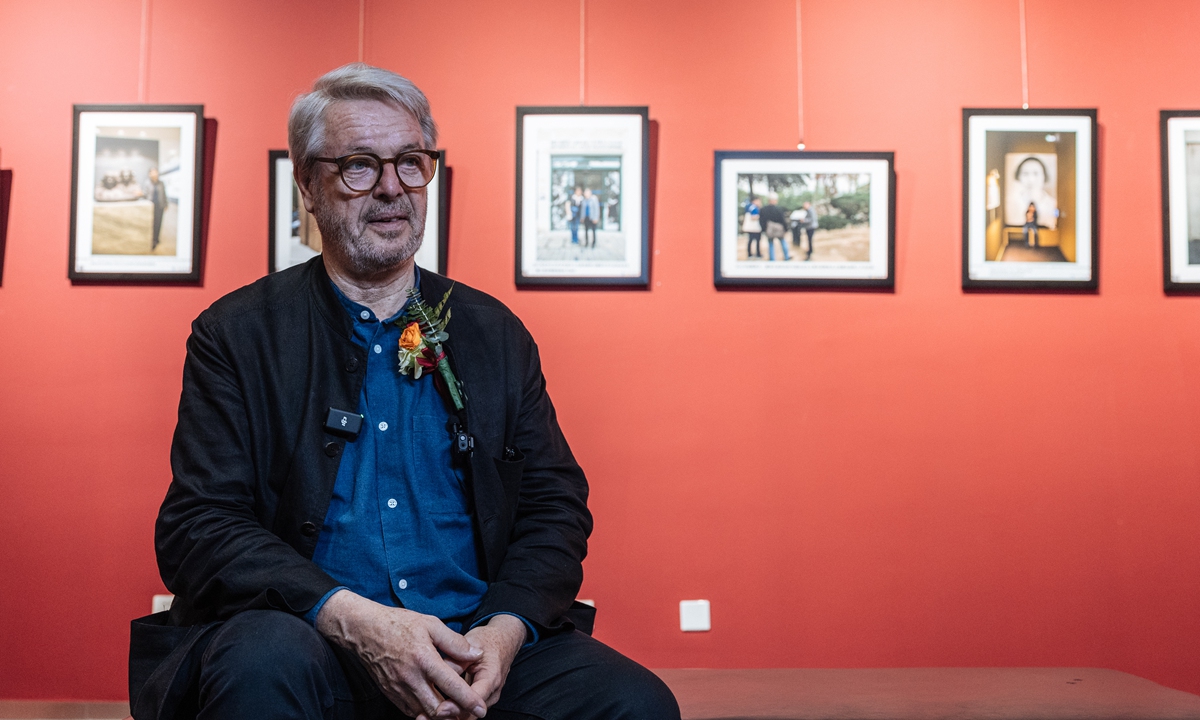
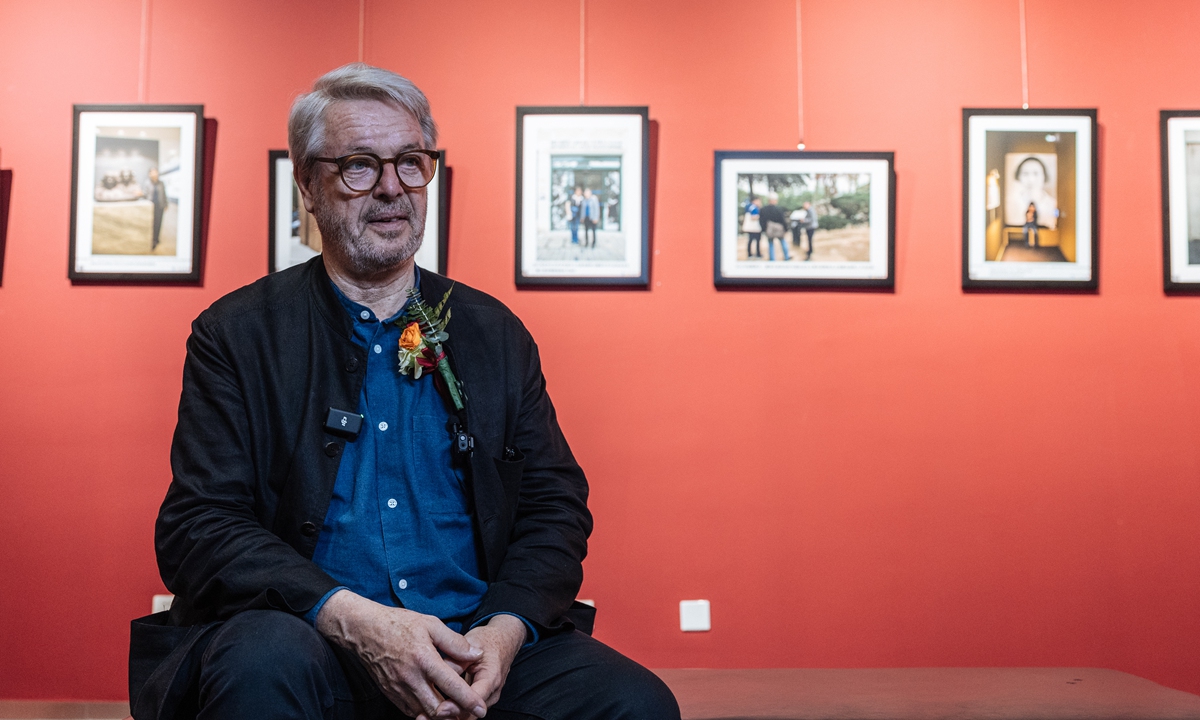
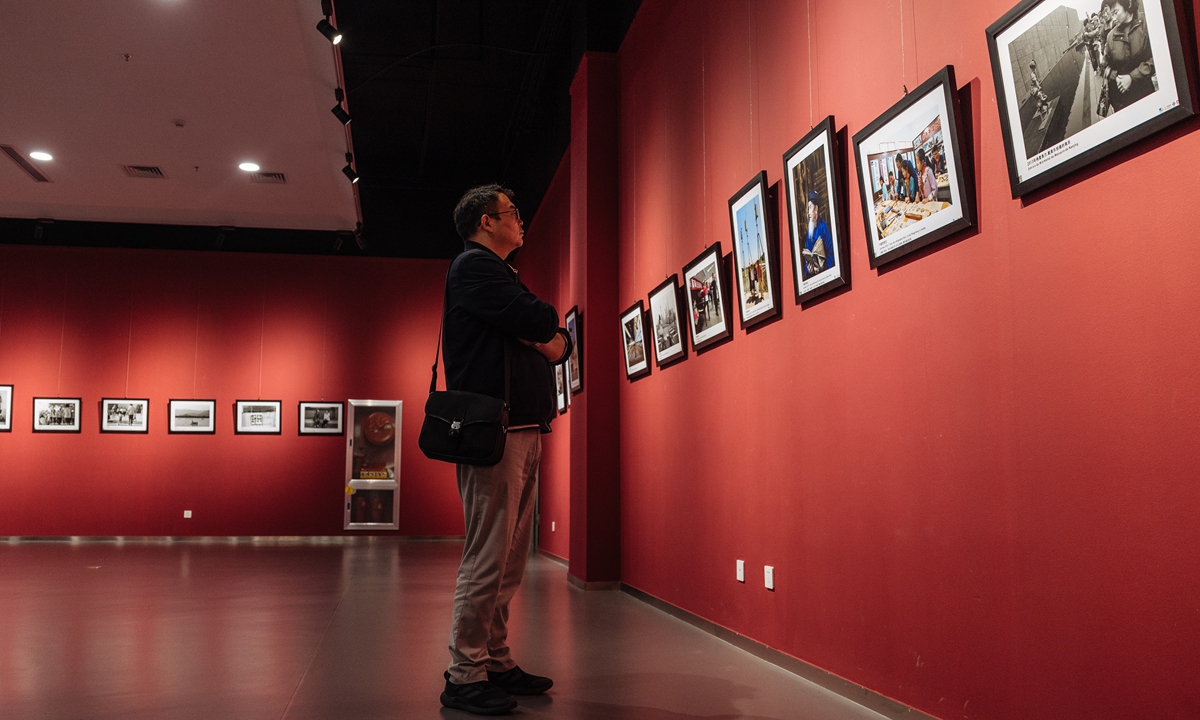


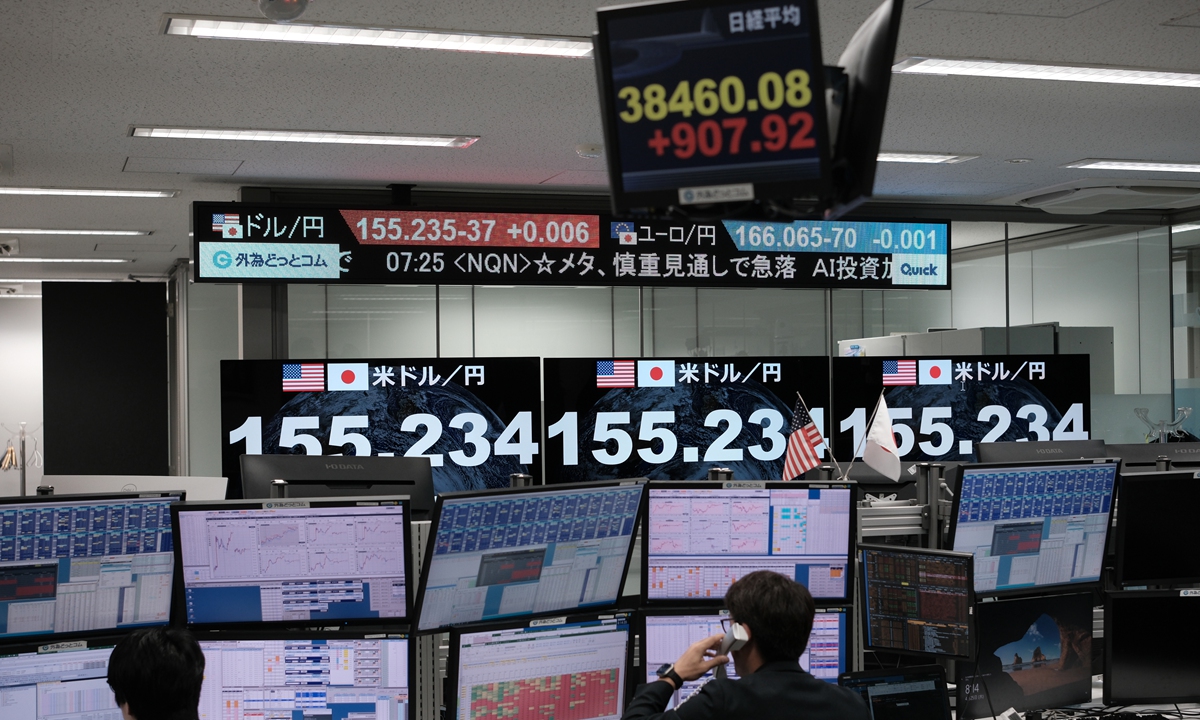
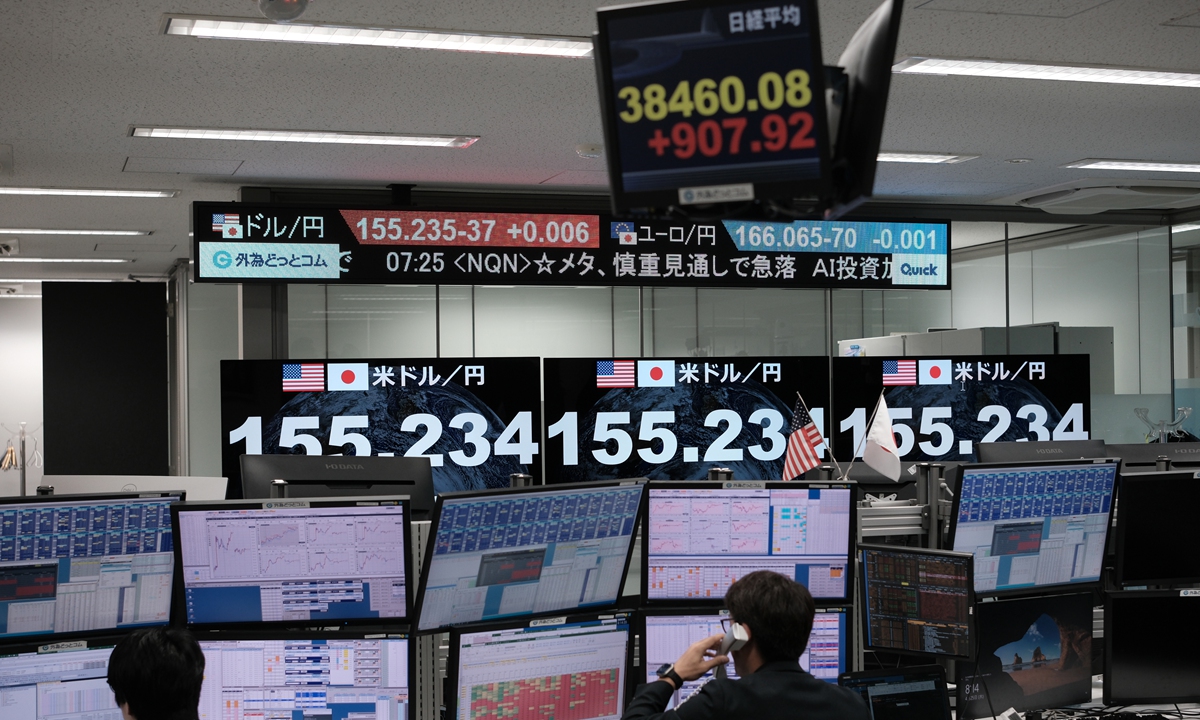
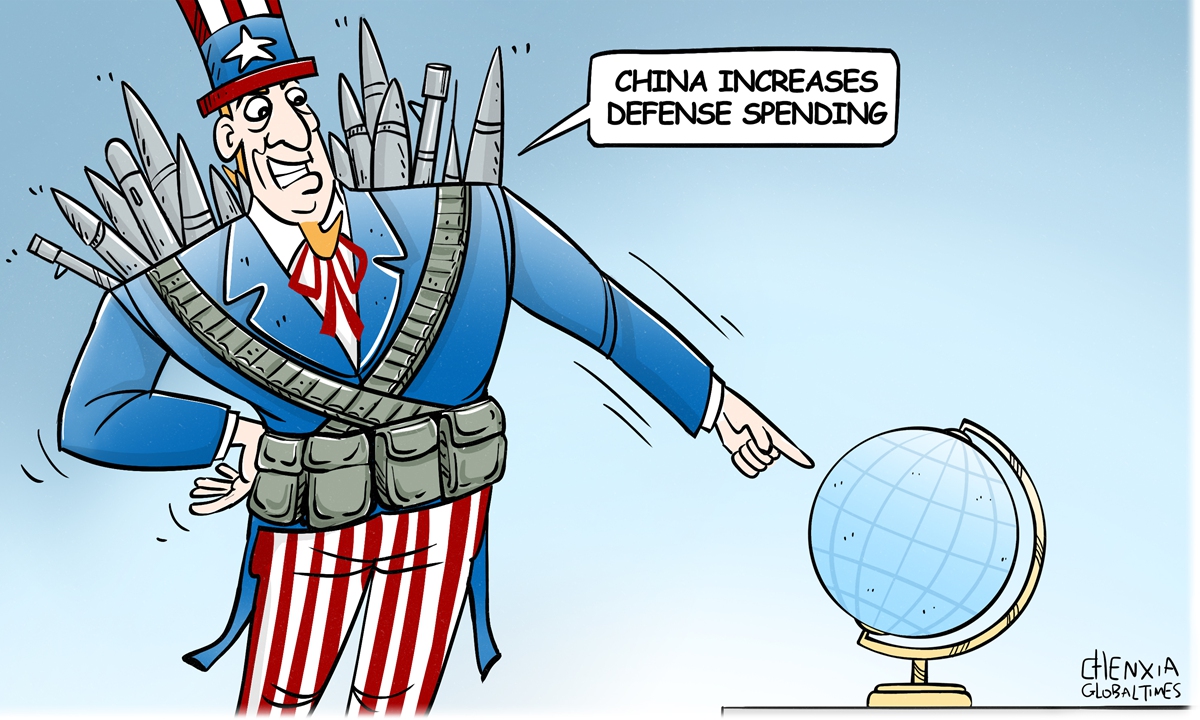
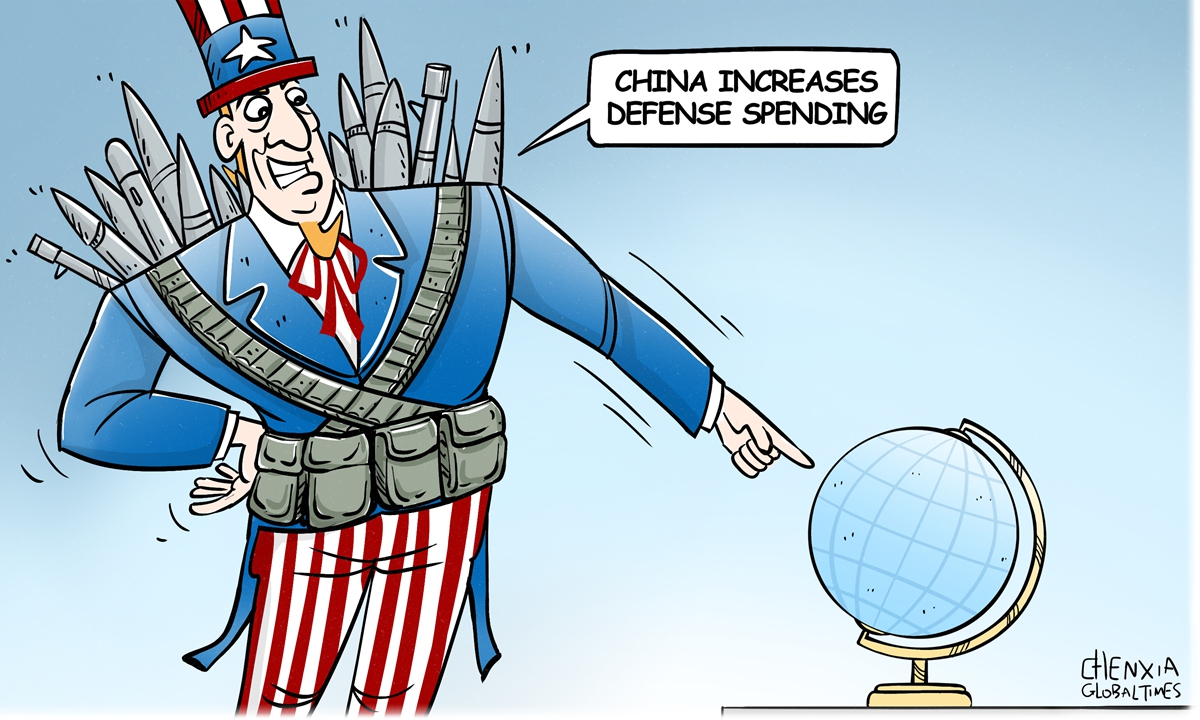
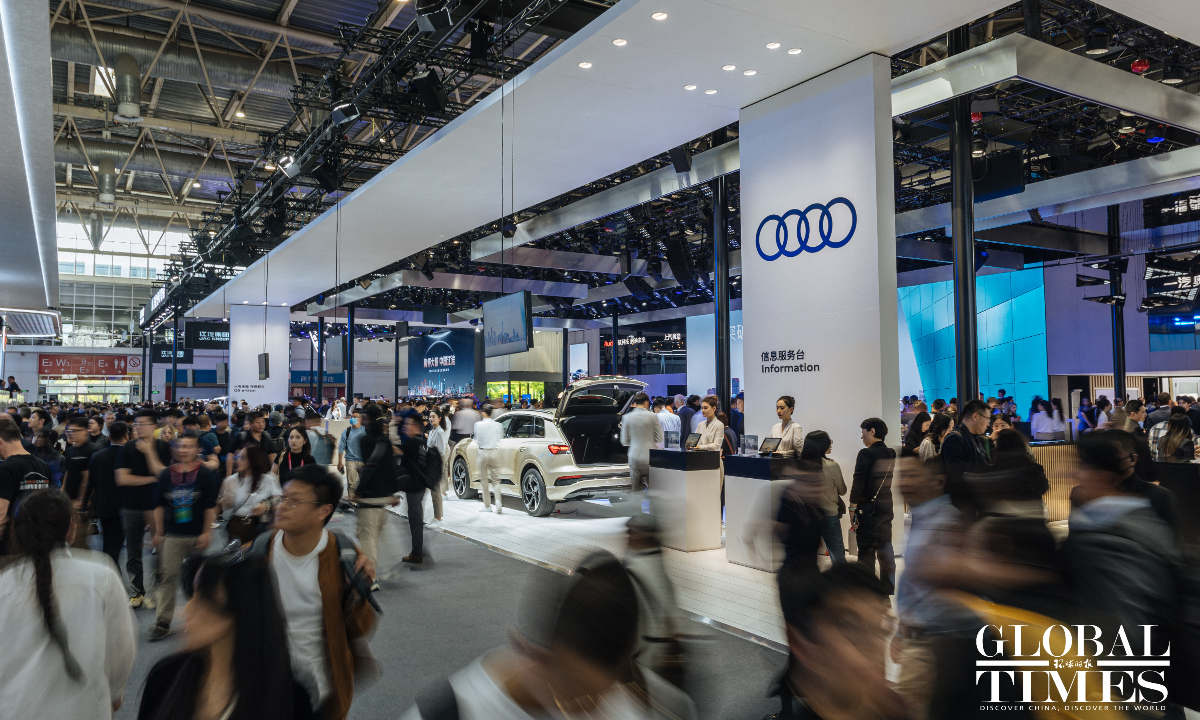
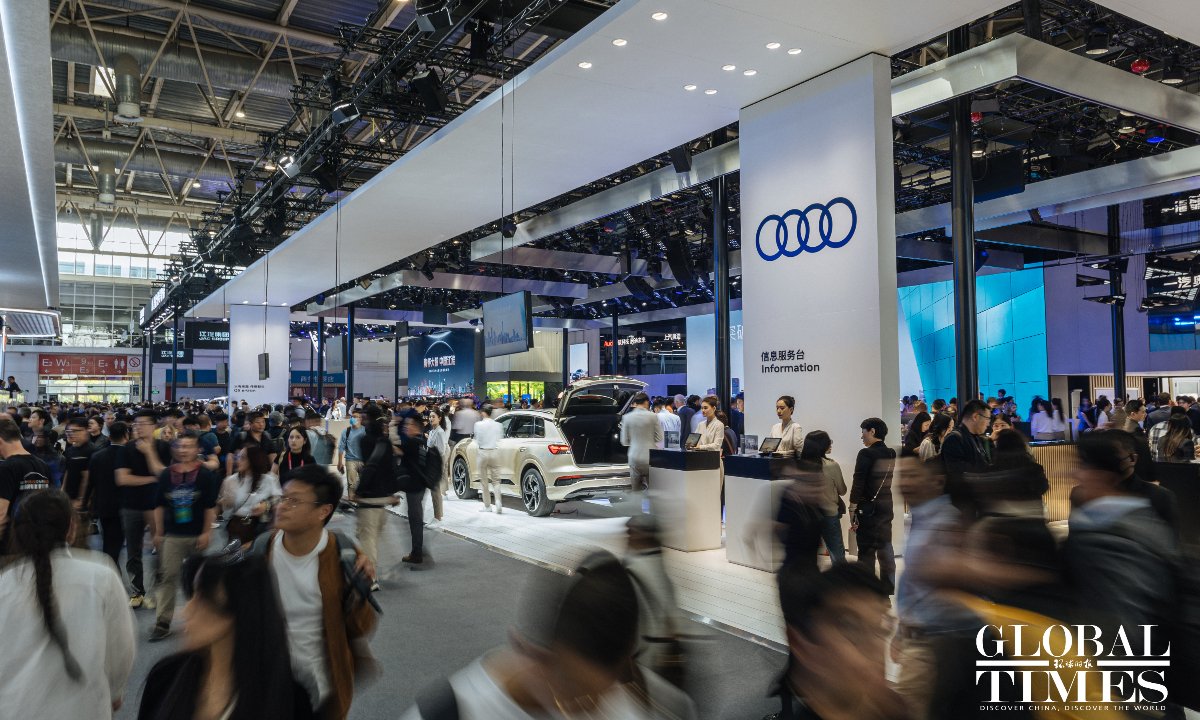
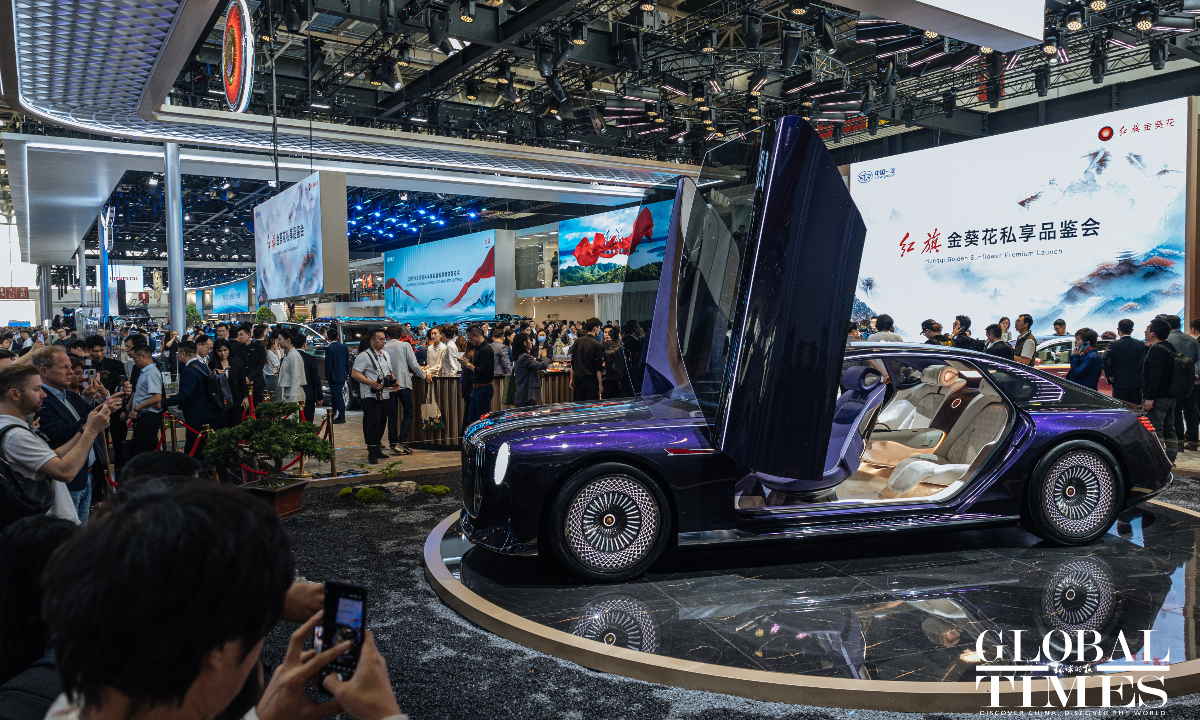
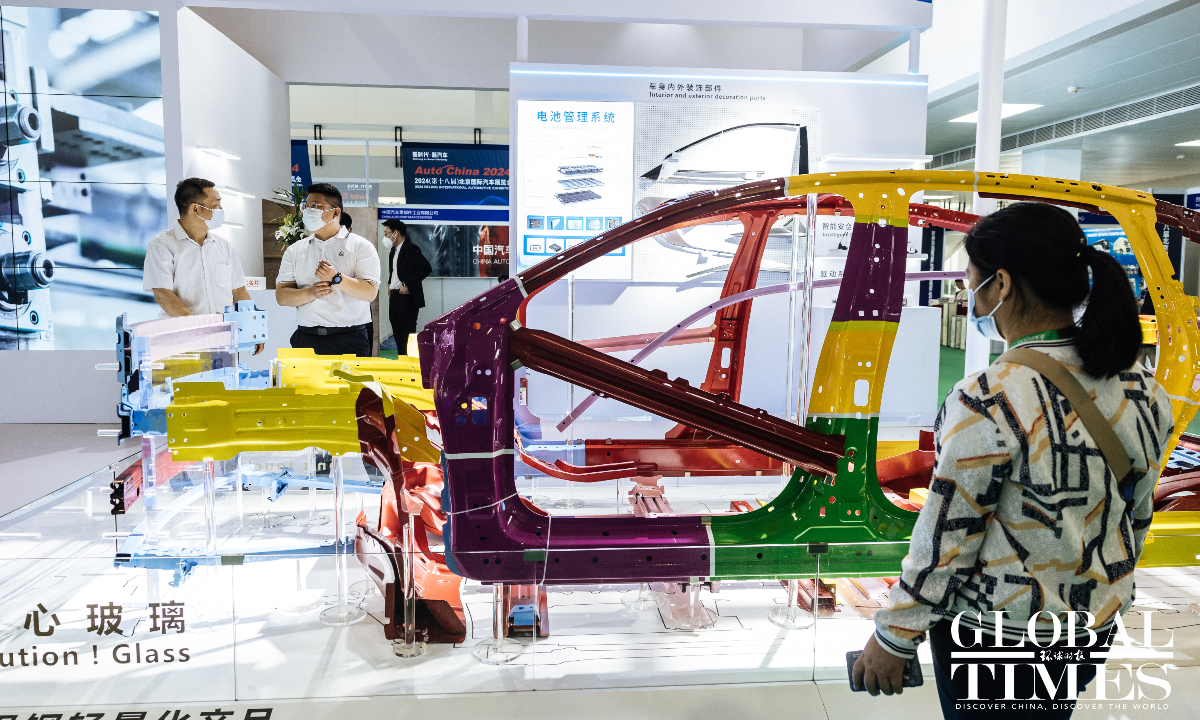
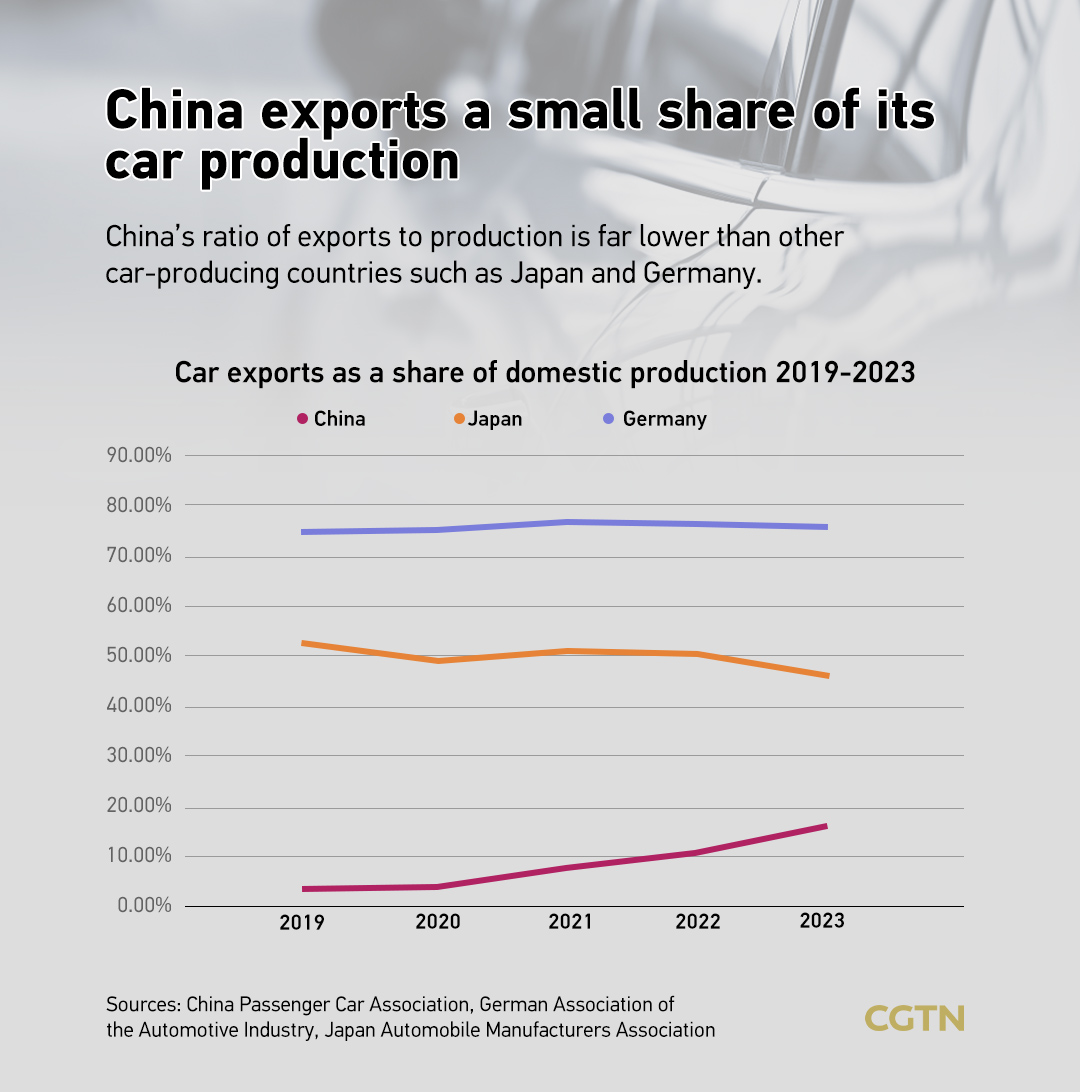
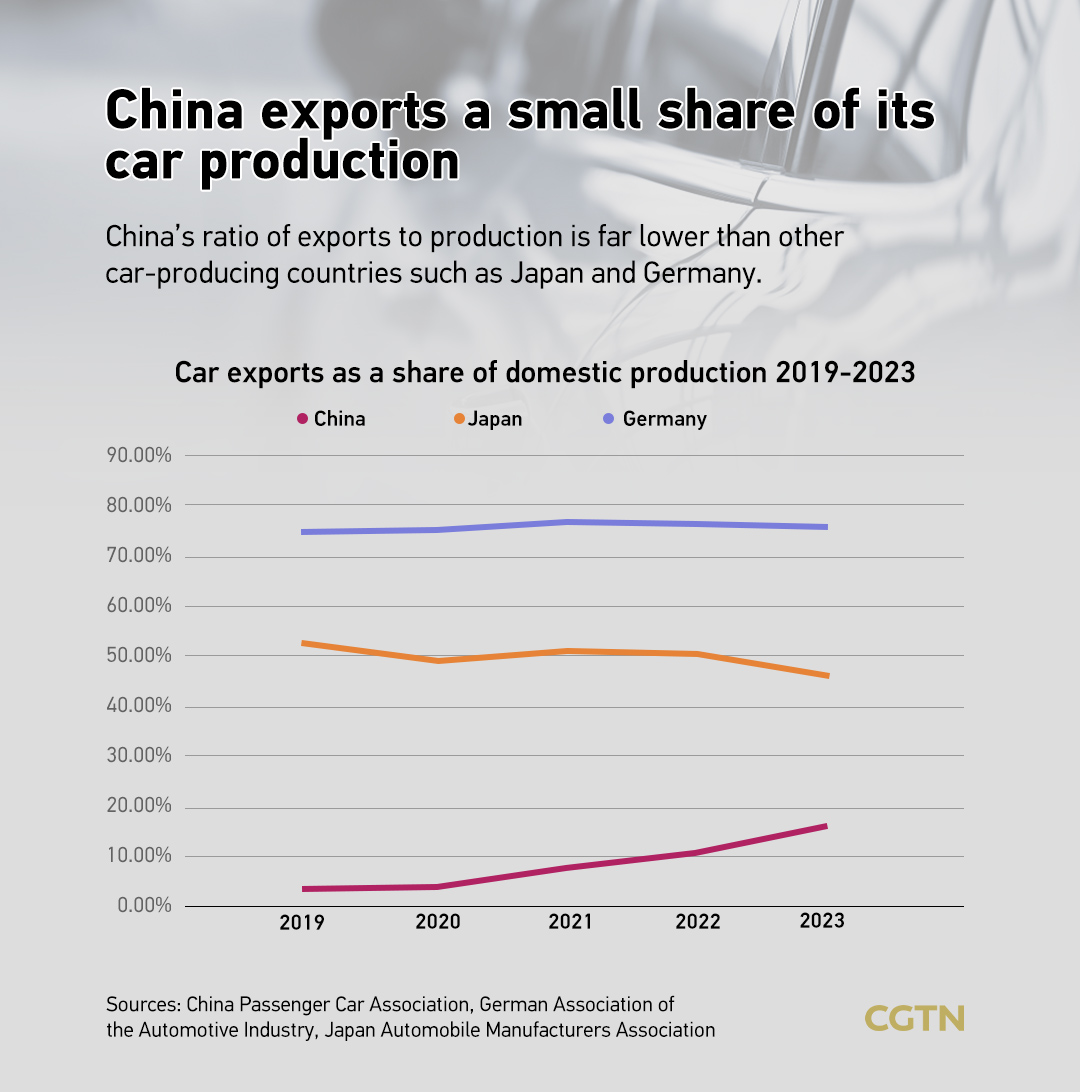 Graph showing China’s ratio of exports to production is far lower than other car-producing countries such as Japan and Germany. /Designed by Li Jingjie
Graph showing China’s ratio of exports to production is far lower than other car-producing countries such as Japan and Germany. /Designed by Li Jingjie 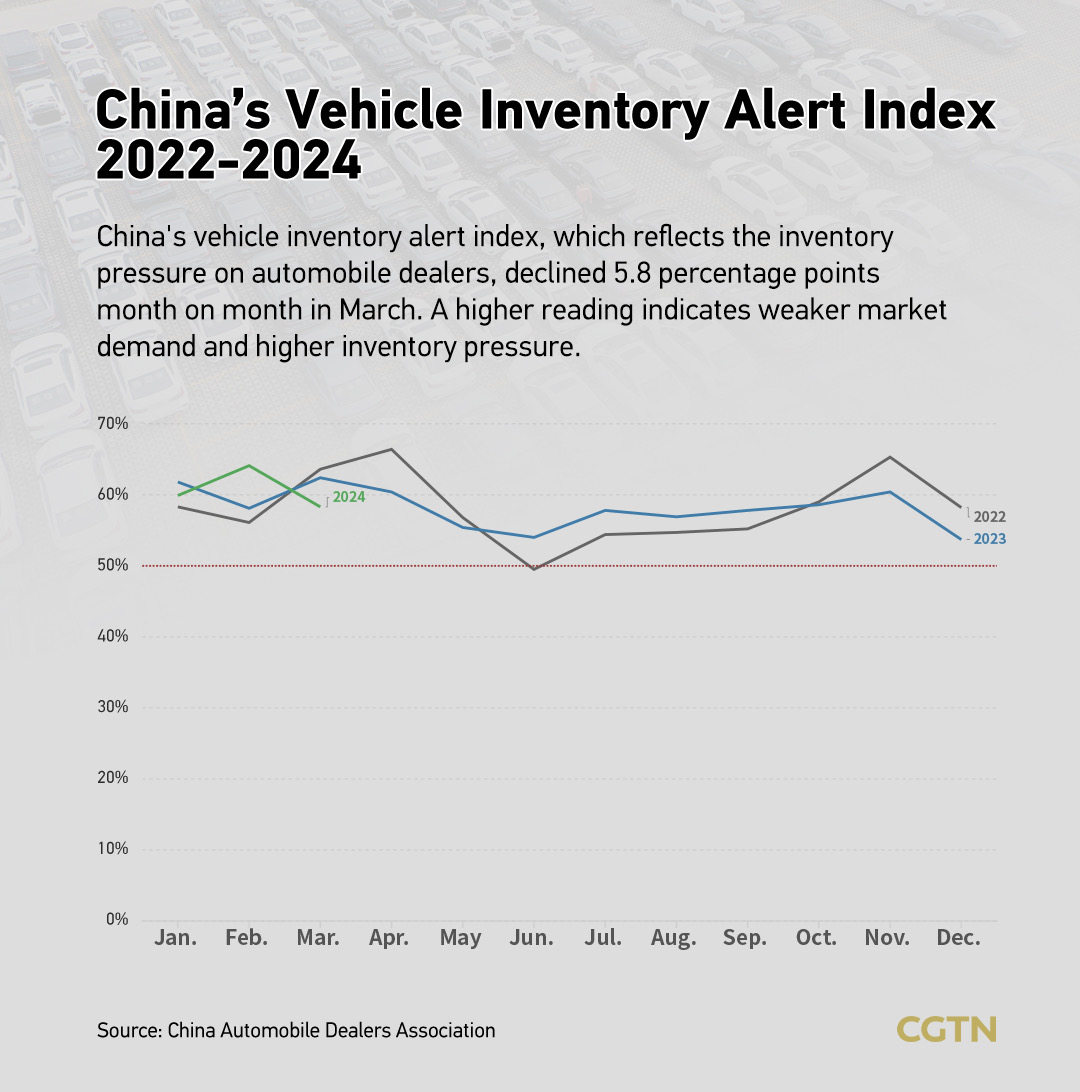 China’s vehicle inventory alert index from 2022 to 2024. /Designed by Li Jingjie
China’s vehicle inventory alert index from 2022 to 2024. /Designed by Li Jingjie 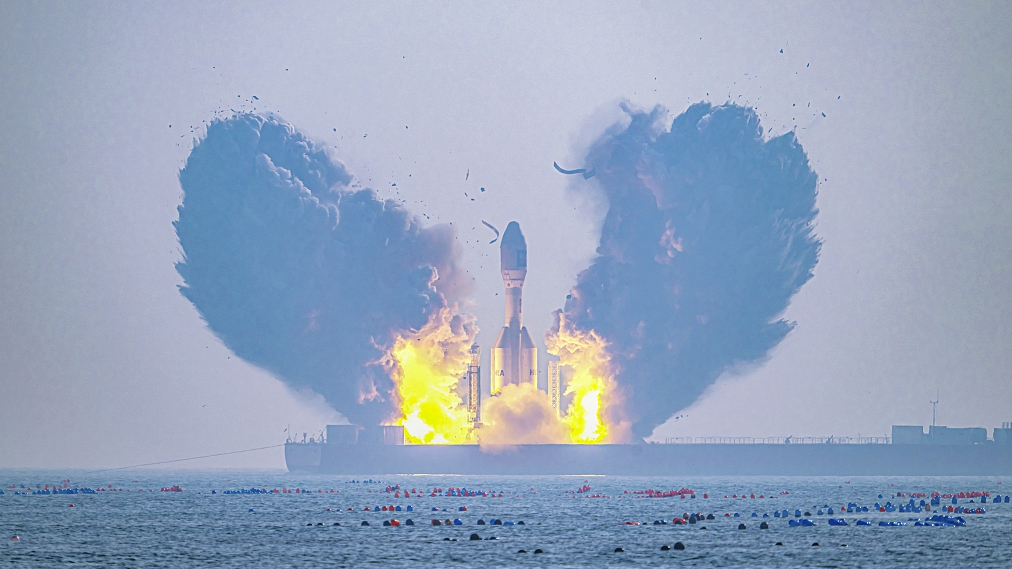
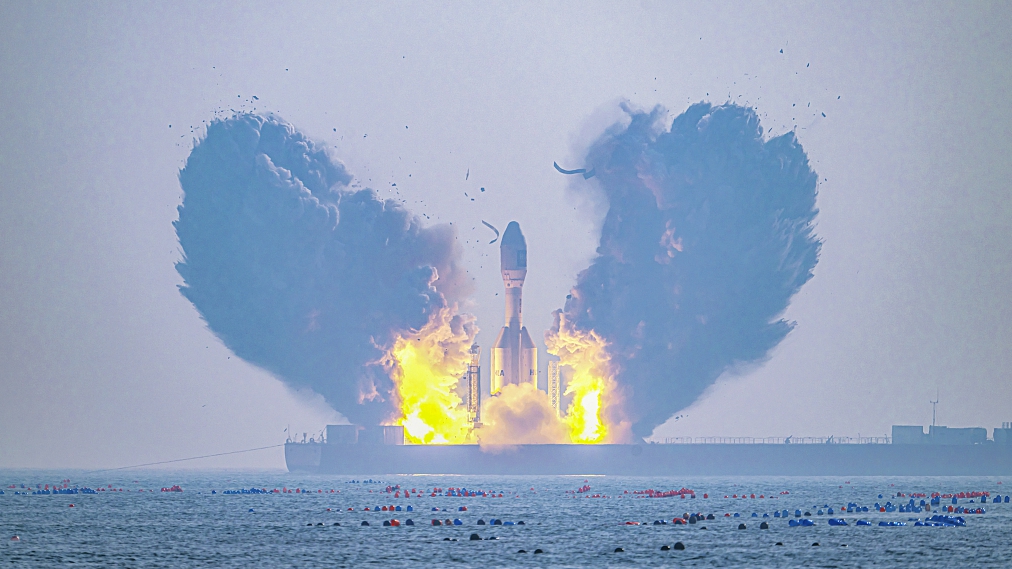 China launches its Gravity-1 solid rocket from a mobile sea platform off Haiyang City, east China’s Shandong Province, January 11, 2024. /CFP
China launches its Gravity-1 solid rocket from a mobile sea platform off Haiyang City, east China’s Shandong Province, January 11, 2024. /CFP 

 A still from the film “A Real Job” /Photo provided to CGTN
A still from the film “A Real Job” /Photo provided to CGTN 